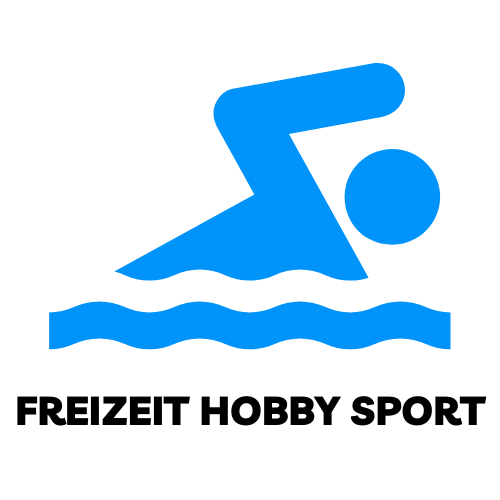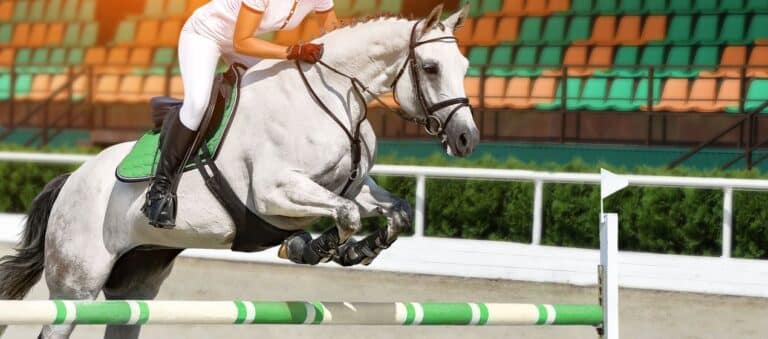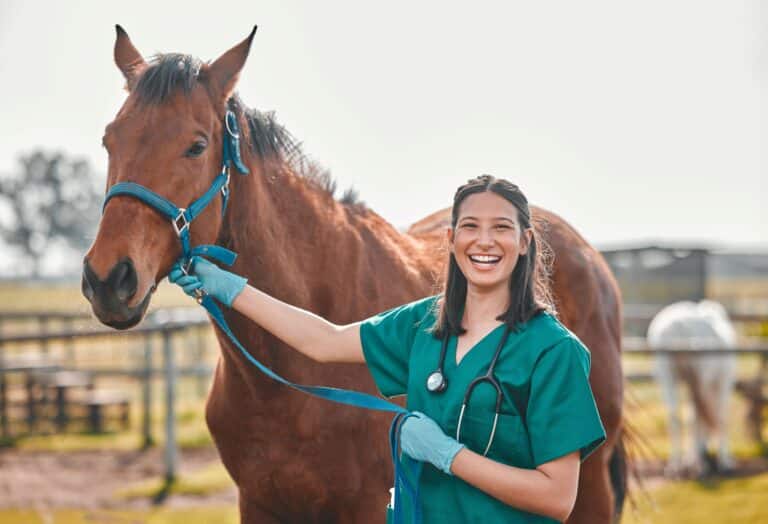Whether you’re in the saddle or in the stands, show jumping captivates. When horse and rider sail over obstacles with precision, speed, and balance, sport becomes spectacle. Those exploring jumping horses for sale are often aiming far beyond casual riding. They want to understand the true demands of the sport. This article dives deep into the structure, rhythm, and strategy that define modern show jumping—and what it takes to master the course.
Why Show Jumping Is in a League of Its Own
Show jumping isn’t just about clearing fences. It’s about navigating a timed course with no room for error. Unlike many equestrian disciplines that prioritize aesthetics or tradition, this sport is about rhythm, trajectory, and mental sharpness.
Each round is a test of coordination and trust. The course itself changes from event to event, requiring the horse and rider to adjust strategy in real time. One hesitation—or one stride too many—can mean a dropped rail or lost seconds. It’s a sport where precision meets adrenaline.
Foundations of the Flight: Rhythm, Line, Power
Before the horse ever leaves the ground, success—or failure—is already in motion. A good show jumping round starts with a strong, balanced canter. The rider must maintain rhythm while guiding the horse on tight lines, often approaching complex combinations or awkward angles.
According to data from the German Equestrian Federation (FN, 2022), over 70% of faults in junior competition stem from poor distance judgment and inconsistent rhythm. This shows that technical mastery at any level depends not on flair, but on repeatable fundamentals.
Key performance factors include:
-
Balance and impulsion: Without rhythm, there’s no control between jumps
-
Course awareness: Riders must “read” each line like a map under pressure
-
Physical condition: The horse needs core strength and cardiovascular fitness to handle height and repetition
Top sport horses are trained for exactly these conditions—and many listed as jumping horses for sale have already undergone extensive early development to handle such pressure.
The Mental Game: Horse and Rider as One
In show jumping, connection matters more than charisma. The relationship between horse and rider must be built over time. Successful teams don’t just ride—they think together.
Professionals describe a “flow state” where both horse and rider intuitively respond to every moment on the course. This isn’t just romantic thinking; it’s supported by studies from the University of Guelph (Canada), which link rider-horse heart rate synchronization with better performance outcomes.
These horses are trusted by professional riders for their reliability under pressure and their ability to adapt quickly to new demands.
For anyone purchasing a new mount—especially from jumping horses for sale platforms—this bond takes time to establish. Even the most talented jumper needs time to understand a new rider’s cues and confidence.
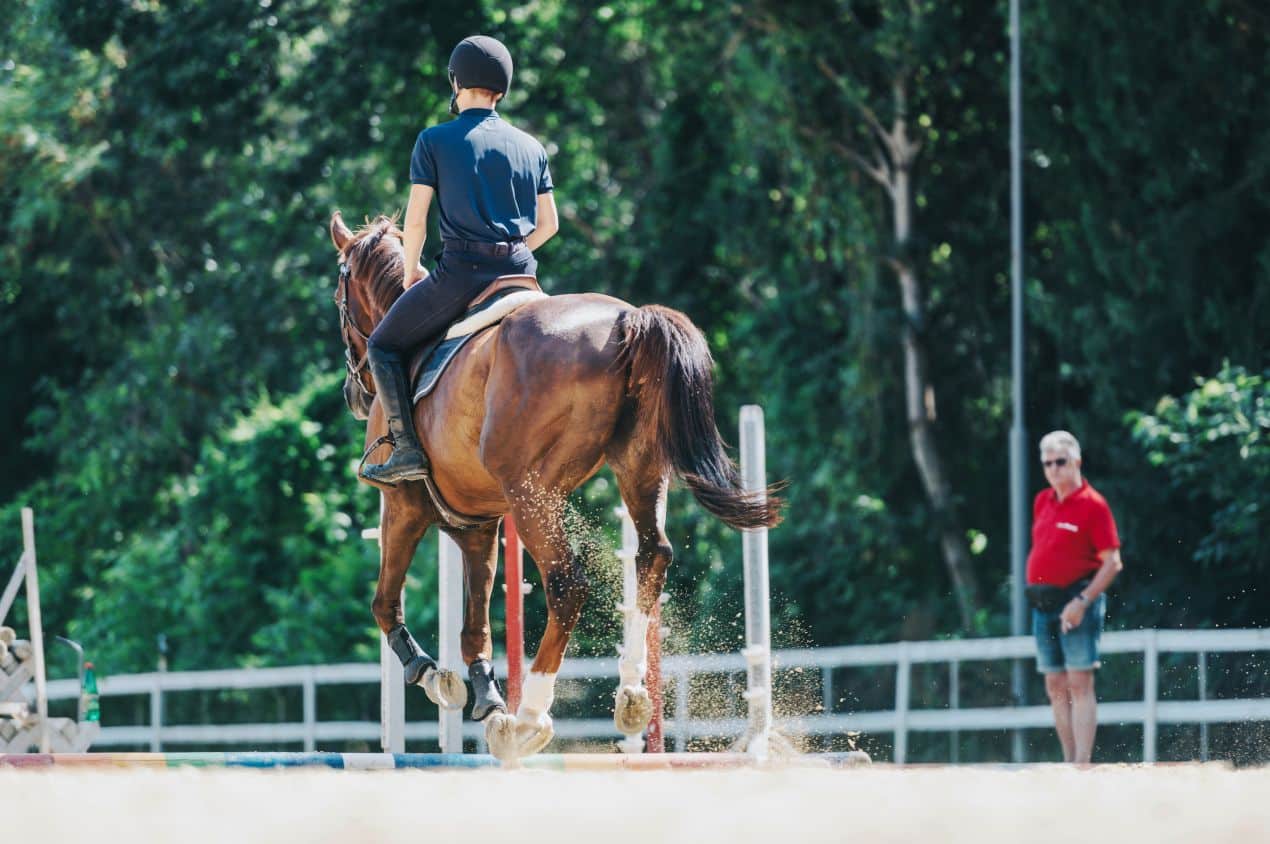
The Modern Course: Innovation and Intensity
Course designers in elite show jumping constantly evolve the sport. Today’s courses are not just higher—they’re trickier, tighter, and faster. Expect to see technical lines, variable stride distances, and deceptive jump placement.
Recent innovations include:
-
Multidirectional turns: forcing riders to adjust tempo mid-course
-
Delicate materials: jumps that fall with the lightest touch
-
Time pressure: shorter limits mean speed is often as critical as scope
Data from the FEI shows that over the past five years, the average time allowed per course has shrunk by 6%, while the number of jumping combinations per round has increased. These changes test not only skill but also risk management.
Digital tools are entering the sport as well—some stables now use wearable tech to analyze stride length, landing angles, and jump force. The future of show jumping is not only faster, but smarter.
Training That Builds Champions
Peak performance requires more than raw talent. Show jumping horses follow strategic training programs that balance physical conditioning with psychological confidence.
Below is a sample weekly routine used by elite riders and trainers:
| Training Focus | Purpose |
|---|---|
| Gridwork & gymnastics | Build coordination, elasticity, and jump technique |
| Course simulation | Teach pace, lines, and competition pressure |
| Flatwork & transitions | Improve balance and rider-horse communication |
| Fitness sessions | Develop stamina and joint stability |
| Mental rehearsal | Help riders visualize and plan performance |
Mental training plays an increasingly important role. A 2021 study from the University of Kentucky found that visualization and breathing techniques improved focus and decreased fault rates in competitive youth riders.
Inside the Competition Arena
Show jumping spans a wide range of formats, from local amateur shows to elite international circuits. The rules may stay consistent, but the stakes—and the environments—vary widely.
Popular competition formats include:
-
CSI / CSIO: International events with world ranking points
-
Young horse classes: Designed for 4–7 year olds, with adjusted heights
-
Speed rounds: Fastest clear wins, ideal for crowd engagement
-
Team events: Riders from different nations or clubs compete in relay-style formats
Technology has improved the spectator experience. Live scoring, GPS tracking, and high-speed video make the sport more accessible—and raise expectations for precision.
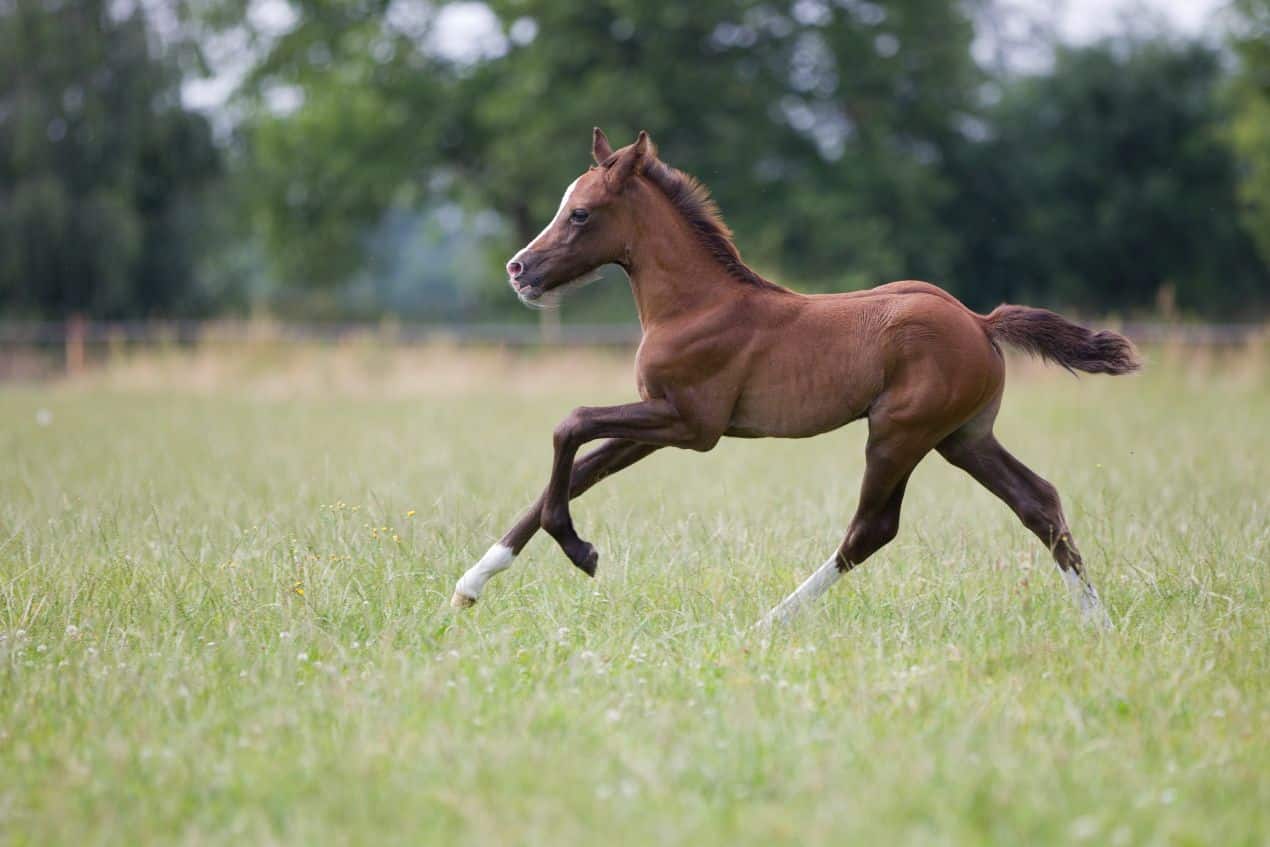
A Sport for Riders and Spectators Alike
Despite the intensity, show jumping isn’t just for elite athletes. At the amateur level, it remains one of the most accessible equestrian disciplines. Clubs across Europe and North America offer structured training, clinics, and low-pressure shows.
Why is it so appealing? Because every jump is a challenge. Progress is immediate—and visible. And the blend of technical skill and emotional connection keeps both riders and viewers coming back.
If you’re considering jumping horses for sale, this might not just be a purchase—it could be the start of something far more rewarding.
“Not Every Horse Wants to Be a Star – And That’s Okay”
Interview with Andreas Frey, Trainer for Young Jumping Horses
Andreas Frey has been training young sport horses for over 20 years in Germany, he prepares three- to seven-year-old warmbloods for national and international show jumping careers. His job isn’t just about athleticism – it’s about reading character, developing potential, and making smart long-term decisions.
Q: Andreas, what’s the very first thing you look for in a young horse?
A: I look for curiosity. A horse that looks at a new obstacle with interest, not fear, is usually a good learner. Raw talent can impress, sure – but the brain matters more than the back legs. If they want to try, we can shape everything else.Q: How do you structure the training phases in the first years?
A: In the beginning, it’s all about rhythm and confidence. We don’t care if they knock rails. I let them figure things out with minimal interference. Only later – around age 5 or 6 – do we refine takeoff points, straightness, stride adjustment. It’s like raising a teenager: don’t overload early, or they lose interest.Q: Do you ever have to tell owners their horse just isn’t made for jumping?
A: Absolutely. And some take it hard. But not every horse wants the pressure. I had one mare – top bloodlines, perfect conformation – but she shut down in every course. We transitioned her to dressage, and she’s happy now. My job is to listen to the horse, not the pedigree.Q: The market for jumping horses for sale is competitive. How do you spot horses with real long-term potential?
A: Watch how they recover after mistakes. A horse that hits a pole and still wants to try again is gold. Also, I watch them in the paddock. How they move freely tells me more than ten free jumps. The market loves power and style, but I look for the heart.Q: How involved are buyers in the training process?
A: It depends. Some buyers trust the trainer completely, others micromanage. The best clients ask smart questions and give the horse time. I always say: You’re not buying a result, you’re investing in a process.Q: What advice would you give someone buying a young horse for the sport?
A: Don’t fall for the flashy videos. Visit the horse. Talk to the groom. Ride it in different settings. And most importantly: buy the brain, not the jump. A clever, honest horse can go farther than a spooky overachiever.Q: What keeps you in this job, day after day?
A: The little breakthroughs. When a young horse lands and you feel that moment of clarity – “Oh, they get it now” – that’s better than winning. Because you didn’t just train a jumper. You shaped a partner.
Where Skill Meets Soul
Show jumping is a sport that balances physics and feeling. It demands preparation, instinct, and trust. You don’t just ride the course—you read it, feel it, and flow through it. For those who are willing to do the work, few moments in sport compare to the sound of hooves touching down cleanly after a clear final fence. That’s where power meets precision—and perfection follows.
Bildnachweis: Adobe Stock/ taylon, qunica.com, Ines Hasenau

